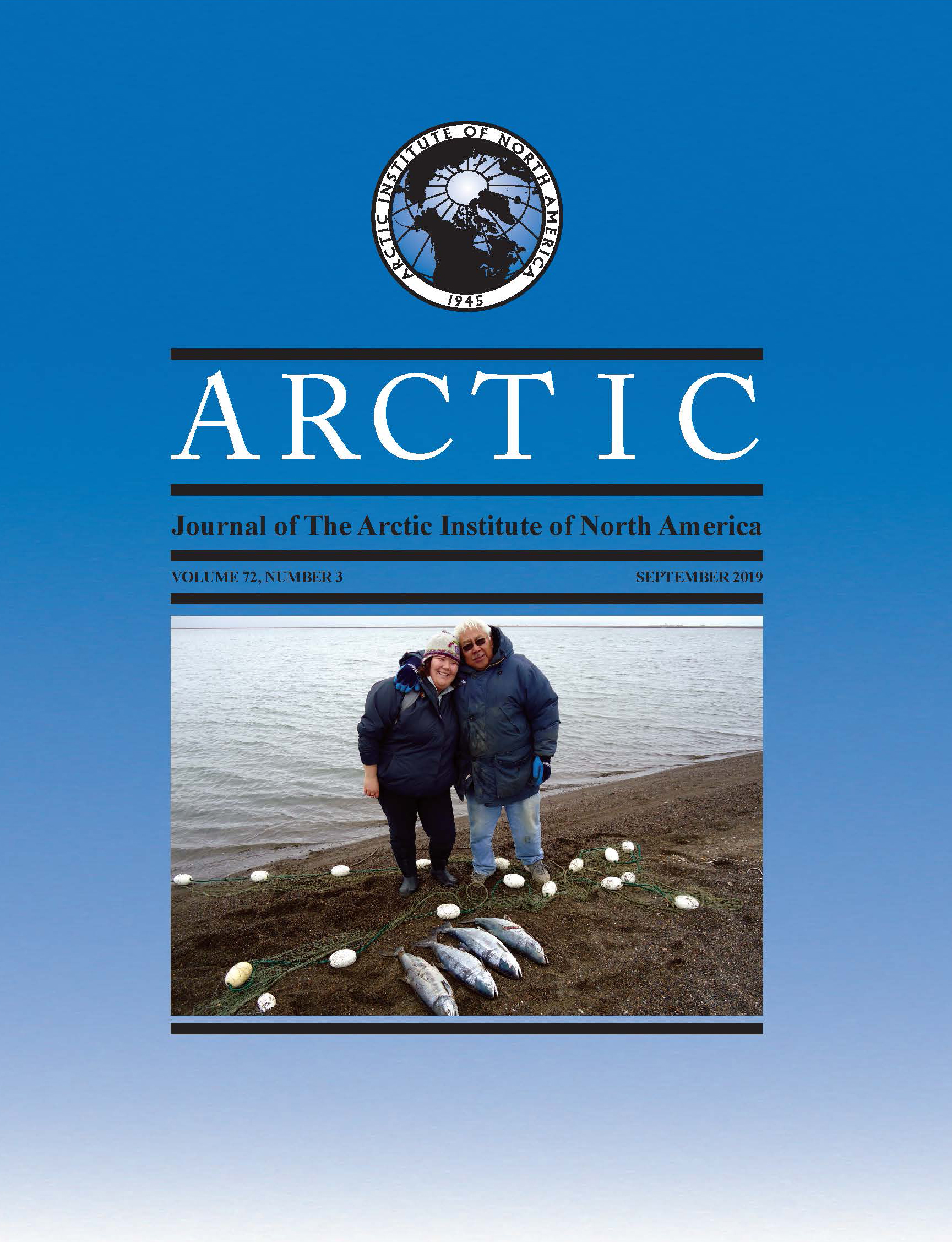Identifying and Achieving Consensus on Health-Related Indicators of Climate Change in Nunavut
DOI:
https://doi.org/10.14430/arctic68719Keywords:
climate change; Inuit; Nunavut; indicators; water; ice; health; public healthAbstract
Indigenous peoples of the North are affected by climate change, and future changes in climate are likely to continue to pose serious challenges. Climate change and the resulting change in the environment and communities are believed to further compound existing health issues. There is considerable regional variation within the circumpolar world, and each area of the Canadian Arctic has its own unique environmental and societal characteristics. Therefore, to track the impacts on human health in Nunavut, a monitoring framework—one that takes into account the territory’s unique context—must be implemented. The objective of this study was to identify human health indicators of climate change on a global scale with a focus on indicators relevant to the Canadian Arctic atmosphere, habitats, and peoples. The Piliriqatigiinniq Community Health Research Model provided the guiding framework for this exploratory study. First, a scoping review of health-related indicators of climate change was conducted. From this review, an initial list of 30 indicators was produced. Second, individuals from multiple sectors were invited to participate in a consensus-building process to identify health-related indicators of climate change for Nunavut. Through individual selection and group discussion, a final set of 20 indicators was chosen by workshop participants. The indicators identified in both phases focused on four key themes: 1) environmental health; 2) morbidity and mortality; 3) population vulnerability; and 4) mitigation, adaptation, and policy. Participants felt these indicators would be useful in practice in Nunavut. Next steps are to implement and monitor the utility of the selected indicators.


